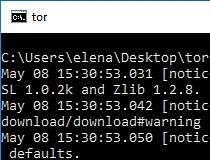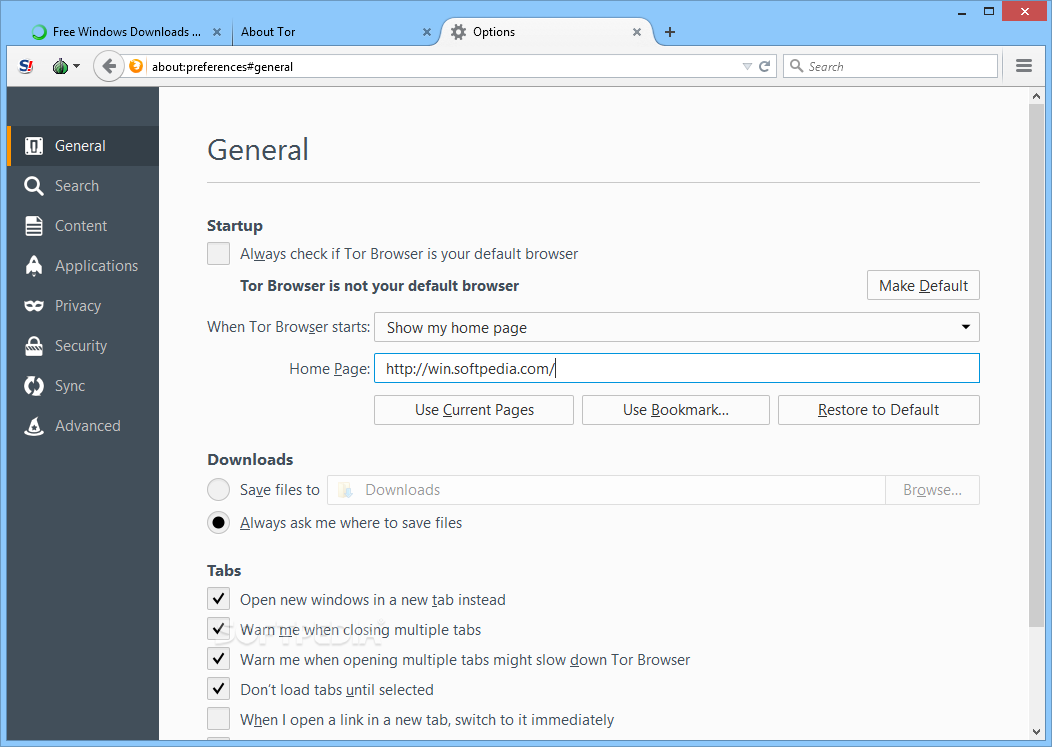
Warning: One very critical caveat is that the use of Tor only applies to TCP connectivity because Tor explicitly does not support UDP, and thus any DNS look-ups performed directly by SpiderFoot’s sfp_dns module will go directly to your configured DNS server. Check the SpiderFoot logs for your scan to see any errors that might be related to Tor. Once you have changed these settings, click the Save Changes button and you are ready to run your scan through Tor. Based on the instrucitons above, this would be 9051.

The port Tor is taking control commands on: As explained in the previous section, this is the port you have Tor listening on for control commands, enabling SpiderFoot to instruct it to re-circuit as needed.See the caveat below about DNS in general however. In the case of Tor, all requests going through Tor are resolved through the Tor service, not locally. Pass DNS through the SOCKS Proxy?: This is a SOCKS-specific option which doesn’t apply when using Tor as your proxy.SOCKS Server TCP Port: Whatever port you set in the section above for Tor to use for proxying.This will typically be 127.0.0.1 unless you have configured it differently. SOCKS Server IP Address: Should be the IP Address your Tor server is listening on from the section above.SOCKS Server Type: Simply set the value as ‘TOR’ (without quotes).Scroll down and you will see the following options: To enable Tor in SpiderFoot, go to the Settings menu, and then the Global tab. Unzip the package to a directory of your choice, open the Windows command line and change to the unzipped package “Tor” directory.Ĭheck that it is running and listening on both ports using Task Manager and then netstat should also indicate it is listening on both ports: C:\Tor>netstat /na | findstr 905.
TOR WINDOWS EXPERT BUNDLE DOWNLOAD

The control port is used by SpiderFoot to request refreshing the circuit (what I refer to as “re-circuiting”). That set of hops through the Tor network is known as your “Tor circuit” and is automatically changed every ten minutes.ĭepending on your Tor configuration, the Tor client will listen on two ports – one for proxying connectivity and the other for accepting control commands.

The target server you are connecting to does not see your IP address, but instead the IP address of the Tor “exit node” your connection is routed through after having hopped through other nodes within the Tor network (even the Tor exit node doesn’t know your IP address). Using the Tor network is as simple as installing the client software, which basically acts as a SOCKS-compatible proxy, and proxying TCP connections from your SOCKS-capable client (e.g.
TOR WINDOWS EXPERT BUNDLE SERIES
Tor’s users employ this network by connecting through a series of virtual tunnels rather than making a direct connection, thus allowing both organizations and individuals to share information over public networks without compromising their privacy…

… a group of volunteer-operated servers that allows people to improve their privacy and security on the Internet. Taken from the Tor website, the Tor network is: This is where Tor becomes very useful, and so in this post I will explain a little bit about Tor, how SpiderFoot integrates with it, and how you can use this new capability in SpierFoot 2.5.0 to improve your reconnaisance results.


 0 kommentar(er)
0 kommentar(er)
